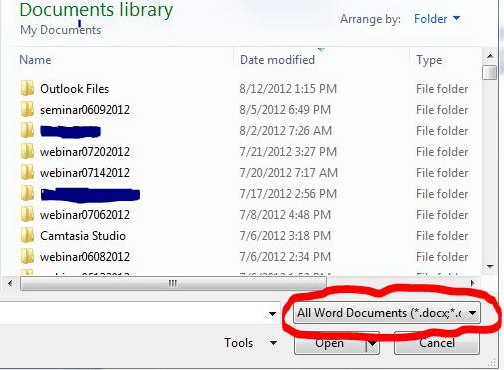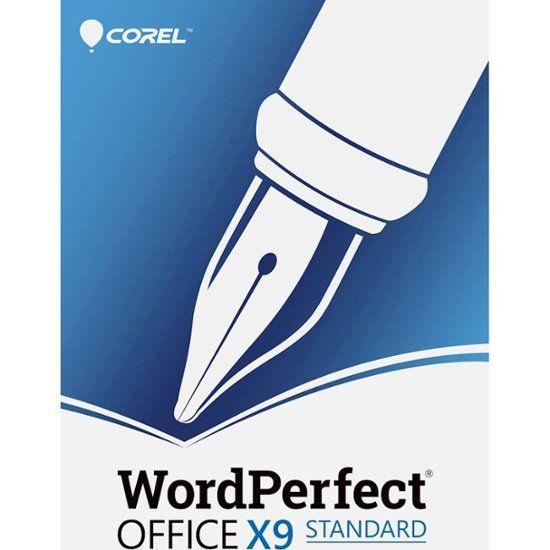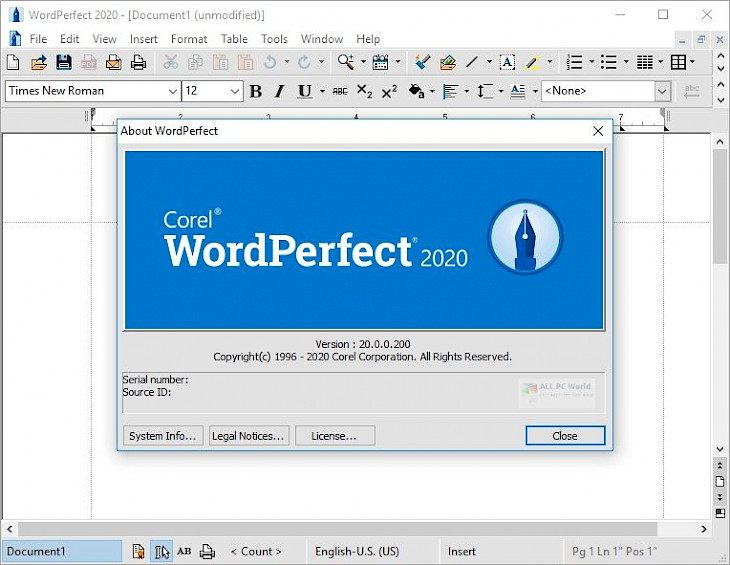

A big issue with WordPerfect users is maintaining all the customization you may have made to WordPerfect when moving to X9.


I would look at upgrading to WP X9 if you are moving to Windows 10. There are reported difficulties with earlier versions under Windows 10. Versions older than Office 2007 may not work.Ĭorel WordPerfect X9 is compatible with Windows 10. Office 2007 (Version 12) is no longer part of mainstream support but Microsoft says it will continue to run. Office 365 (Version 16), Office 2019 (Version 16), Office 2016 (Version 16), Office 2013 (Version 15) and Office 2010 (Version 14) are compatible with Windows 10. Adobe recommends that if you are using the Adobe Reader, you upgrade to the free version of Adobe Reader DC. Existing users using versions prior to 4.5 must upgrade to version 4.5 before upgrading to version 5.Īdobe Acrobat XI and DC are the only two versions that are compatible with Windows 10. Primafact 5 will run under Windows 10, 8.1, 8 and 7 operating systems, but it is not optimized for “touch-screen” gestures in Windows 8.1 and 8. If you are using an earlier version, you will need to contact ESILAW support. If you have ESILAW and wish to move to ESILAW 360, you must first upgrade to version 2015.1.2, provided you are upgrading from version 2007.1 or higher. Version 12 is not supported at all.Įsilaw 360 is fully compatible with Windows 10. NET Framework 3.5 before proceeding with the installation of these versions. Versions 16 and 15.5 are supported under Windows 10, provided that you download and install. Here is a quick run through of some of the more common applications found on lawyers’ computers and whether they are compatible with Windows 10:

In some cases, there may not be upgrades even available. This necessitates a hardware upgrade as well. There may also be a cascading effect here as newer software versions of legacy applications may not run with older computers, as their hardware requirements have grown. Even if you upgrade the operating system to Windows 10, the legacy software that you wish to run may not be able to be run under Windows 10 on your existing hardware, otherwise known as “being compatible.” If your legacy software is not compatible, you will be required to upgrade to a more recent version of your legacy software that will run with Windows 10. Of course, moving to Windows 10 as an operating system on an existing computer is only part of the puzzle.


 0 kommentar(er)
0 kommentar(er)
